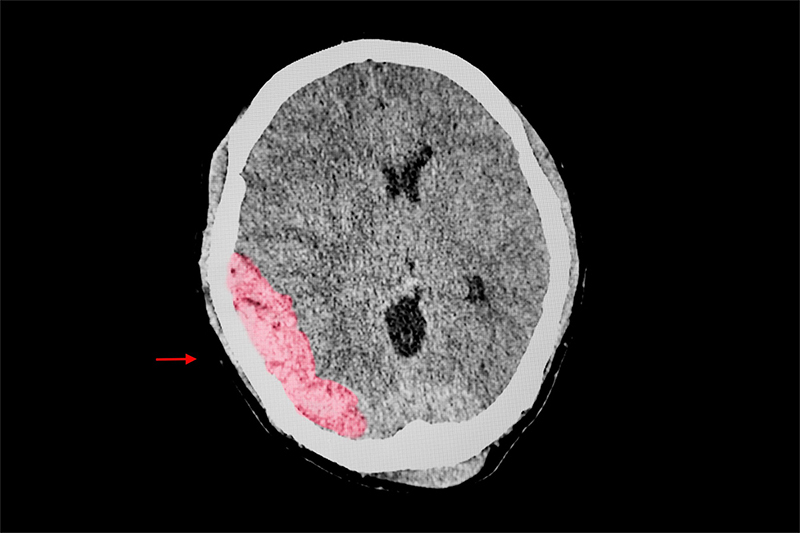A life care plan outlines the comprehensive needs of individuals who have experienced catastrophic injuries, chronic health conditions, or disabilities. The plan is developed through a collaborative effort between the individual, their family, medical professionals, and other experts.
This plan typically includes a detailed assessment of the individual’s current and future medical, rehabilitation, social, vocational, and recreational needs and associated costs. A life care plan aims to ensure that the individual receives the necessary support and services for the rest of their life while also helping them maximize their quality of life and independence.
Benefits of Having a Life Care Plan
A life care plan provides numerous benefits for individuals with catastrophic injuries, including:
- Advocacy and support
- Adaptability to changing circumstances
- Care coordination
- A comprehensive roadmap for long-term healthcare
- Enhanced quality of life
- Family education and involvement
- Financial planning for long-term care costs
- Peace of mind and resilience
- Preventive measures
There were 24.8 million physician office visits for unintentional injuries in the US in 2018. [1]

Components of a Life Care Plan
The components of a life care plan are essential for ensuring the individual’s physical, emotional, and financial well-being. This includes assessments, care management, medical treatment, rehabilitation services, assistive technology, home modifications, transportation, vocational support, and long-term care.
Each element is carefully considered and tailored to individual needs and circumstances. The ultimate goal of a life care plan is to optimize the individual’s quality of life and promote their independence and well-being.
- Medical Care: Comprehensive assessments, treatments, and ongoing healthcare tailored to specific injuries or health conditions are provided.
- Assistive Services: The provision of adaptive equipment, mobility aids, and assistive technologies aims to enhance daily functioning.
- Home Modifications: Structural adjustments are made for improved accessibility and a safe living space.
- Support Services: Ongoing assistance with personal care, mental health, and vocational training is provided if needed.
- Accessibility Solutions: Transportation arrangements, including wheelchair-accessible vehicles, are made to address mobility limitations.
- Educational and Recreational Support: Educational services, tutoring, and recreational activities are offered for holistic well-being.
- Technology Integration: Implementation of adaptive technology solutions supports communication and daily tasks.
- Future Planning: Regular medical evaluations, financial considerations, and ongoing case management are provided for evolving needs.
A life care plan is a flexible roadmap that adapts to changes, aiming to enhance quality of life and overall well-being.
Who is Involved in Creating a Life Care Plan?
Creating a life care plan involves a multidisciplinary approach that requires collaboration among various professionals. A team typically includes medical specialists, rehabilitation experts, vocational counselors, therapists (physical, occupational, and speech-language), social workers, and case managers.
Input from the individual, their family, and caregivers is important to tailor the plan to the unique needs and goals of the care recipient. This collaborative effort ensures a comprehensive and personalized life care plan that addresses medical, psychological, social, and vocational aspects.

Common Injuries Requiring a Life Care Plan
- Traumatic Brain Injury (TBI): Severe brain injuries resulting from accidents or trauma can lead to long-term cognitive, physical, and emotional challenges, requiring extensive care and support.
- Spinal Cord Injury: Injuries to the spinal cord may result in paralysis or loss of motor function, necessitating lifelong care and accommodations.
- Amputations: Loss of limbs due to accidents or medical conditions may require ongoing prosthetic management, rehabilitation, and adaptive strategies for daily living.
- Severe Burns: Extensive burn injuries may lead to physical disabilities, scarring, and the need for specialized medical and rehabilitative care.
- Multiple Trauma: Individuals experiencing injuries to multiple body systems, often in the context of major accidents, may require comprehensive care plans addressing various medical, rehabilitative, and support needs.
- Birth Injuries: Injuries sustained during childbirth, such as cerebral palsy or brachial plexus injuries, may necessitate lifelong care and interventions.
- Degenerative Neurological Disorders: Progressive conditions like ALS (Amyotrophic Lateral Sclerosis), MS (Multiple Sclerosis), or Parkinson’s disease may require ongoing care planning for evolving medical needs.
- Severe Orthopedic Injuries: Extensive fractures, joint injuries, or orthopedic conditions may lead to long-term mobility issues, requiring ongoing medical attention and support.
- Chronic Illnesses: Conditions such as severe diabetes, heart failure, or respiratory disorders may require continuous medical management and support.
- Organ Transplants: Individuals who have undergone organ transplantation may require lifelong medical supervision, immunosuppressive therapy, and regular follow-up care.
- Neonatal Injuries: Infants born with significant health challenges, developmental disabilities, or congenital conditions may need comprehensive life care plans.
- Catastrophic Injuries from Accidents: Severe injuries resulting from accidents, including falls, car crashes, or workplace incidents, may lead to long-term disabilities and necessitate ongoing care.
- Severe Mental Health Conditions: Certain mental health disorders, especially those with significant impairment, may require a life care plan encompassing therapeutic interventions, medications, and support services.
Specific injuries and conditions requiring a life care plan can vary widely, and each plan must be tailored to the individual’s unique circumstances and needs.

If you’ve been injured due to negligence, book a free consultation today with Goldberg & Loren’s injury lawyers today.
FAQs
Source:
[1] statistics. (n.d.). https://www.cdc.gov/nchs/data/ahcd/namcs_summary/2018-namcs-web-tables-508.pdf

